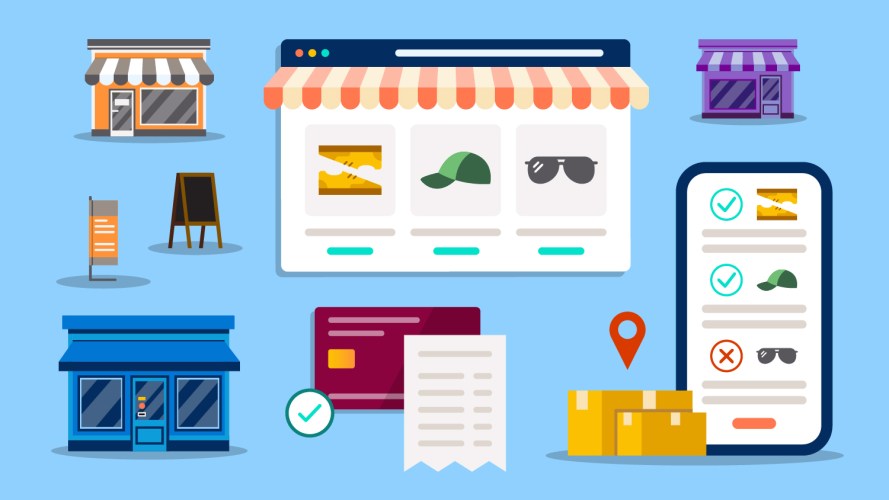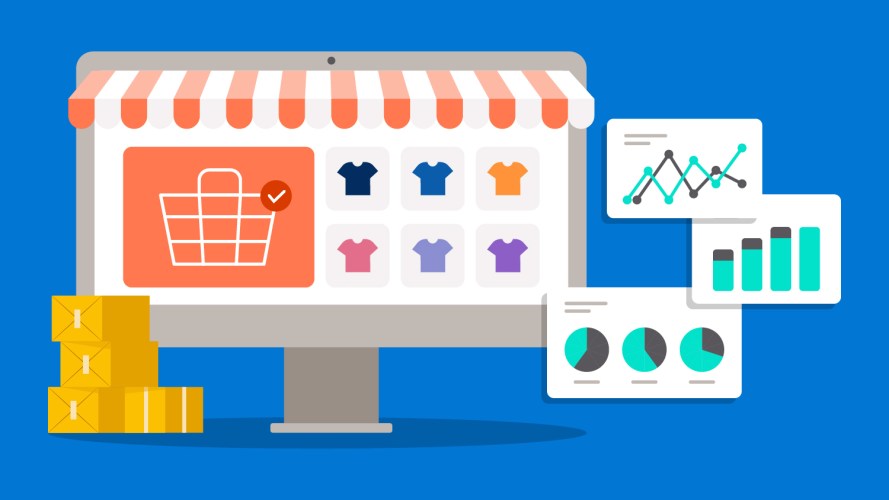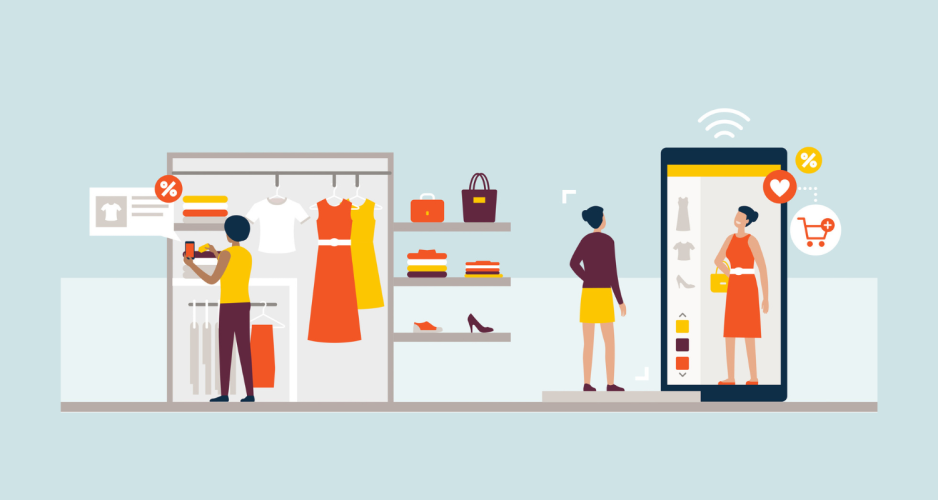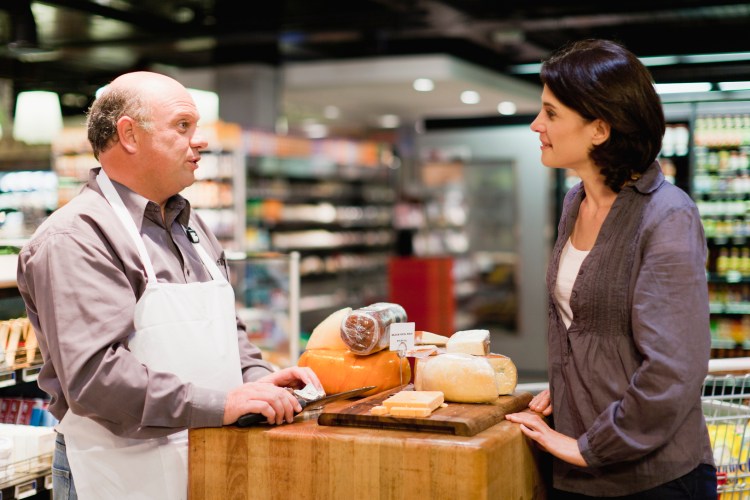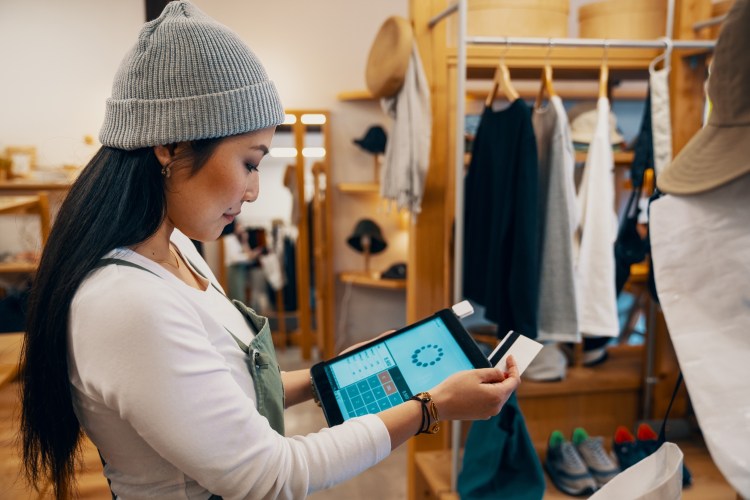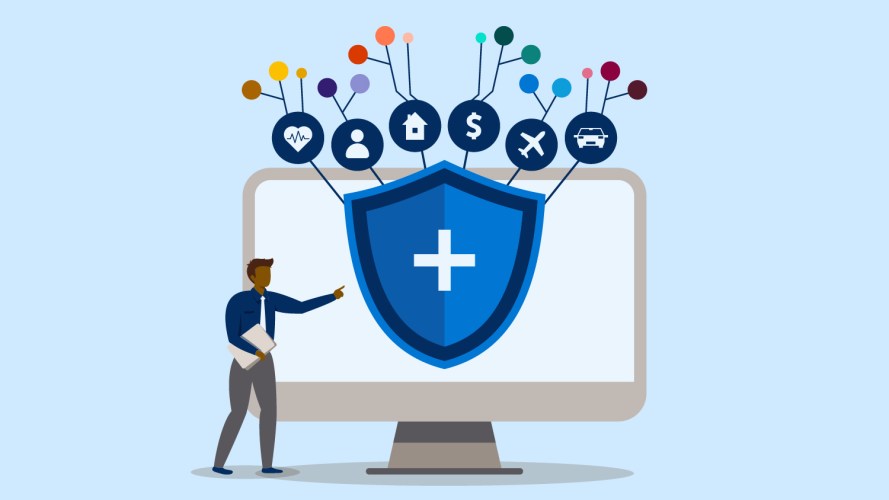Rev Up Your Holiday Marketing In a Post-Cookie World



Privacy concerns are limiting access to third-party ad tech. Here’s how to find new ways to engage online shoppers.

Matt Marcotte
Can you imagine Santa navigating Christmas Eve without cookies fueling his mission? Retailers and consumer goods brands may be feeling that same pain this holiday season.
Internet browsers have begun phasing out third-party cookies — the small identifiers that track user behavior across websites — in response to growing concerns about online privacy.
Even though Google has delayed its phaseout for Chrome until 2023, marketers are already responding. This is a big shift, because for years marketers have relied on these cookies to inform their marketing efforts. In fact, 62% of marketers still use third-party data in some capacity. What should retailers do this holiday season to gain a competitive edge?
For one thing, they need to re-examine their holiday marketing strategy in the absence of third-party tracking – especially when 47% of consumers feel most companies don’t use their personal information to their benefit.
Here are some other ways to keep holiday shoppers hungry for your brand, even in a cookieless world.
The 2021 holiday shopping season calls for 2021 strategies
Are you ready? Discover the tactics you need to succeed.



Boost your social media holiday marketing strategy
Social media will become an even greater revenue driver this year. In fact, one in five shoppers say they are more interested in discovering and buying products via social media. As a result, channels like Instagram are becoming virtual shopping malls. Influencers are also playing a bigger role: Salesforce predicts total U.S. digital ad spend on social media influencer content will grow to $6 billion this November and December, and lead to a 30% rise in social media referrals.
Ready to capture the opportunity? Here’s how to take your social media strategy to the next level:
Listen and learn
Find out what shoppers are saying about your brand and your competitors. This is where you gain first-hand insight into the most common customer pain points.
From a customer service standpoint, what kinds of requests does your team respond to most? Use these social insights to proactively create content on your FAQ page or help center to address common questions. Your audience will thank you – especially when they are busy preparing for the holidays and want quick answers to pressing questions.
Prepare for unexpected peaks
Get ready for increased social volume – including over-performing viral posts or website downtime. Use social automation tools to manage the unexpected and focus on the most important posts, like new product launches or holiday sale announcements.
Test everything
A/B test your creative and copy to evaluate assets and special offers. Update audience segments based on demographics, purchase history, and channel preferences. Automate marketing journeys and use artificial intelligence (AI) to serve the most effective creative to shoppers at the right times.
Build influencer relationships
Partner with micro-influencers who align with your brand and can bring your products to new (and highly engaged) audiences. Use listening tools to monitor follower comments and to surface emerging trends and gather customer feedback.
Refine your email strategy to up your holiday marketing game
The skyrocketing value of first-party data means the tide is turning in favor of email marketing. Why? Because email allows you to reach customers directly with the most personalized and relevant offers. How can you ensure yours stand out in the sea of bright and cheery holiday offers that hit every shopper’s inbox?
Boost open rates with these tips:
Review deliverability best practices
Revisit your email cadence and review your data. What is your open rate? What time of day are emails being read? Adjust as needed to make sure you’re sending the right messages at the right times. Use an email marketing automation tool to ensure you avoid the batch-and-blast approach and stay out of the spam folder.
Use AI to get personal
Build emails with sections for dynamic content, such as recently viewed products, coupons, loyalty points, and more, so each email is tailored to shopper preferences and behaviors. Generate buzz by testing new promotions like limited-edition or brand collaboration merchandise.
Avoid cart abandonment issues
Ensure an email reminder is automatically sent if a shopper puts items in their cart but navigates away from your site before completing a purchase.
Get your website and mobile apps in top holiday shape
A personalized, reliable shopping journey across all channels during peak holiday season is more than “nice to have” — it’s expected. Here’s how to deliver an excellent experience on every platform and device:
Prioritize SEO
Learn what shoppers are searching for and make your website easy for them to find online with free tools like Google Trends. Choose keywords like “stocking stuffers” or “holiday gift guide” that drive organic traffic, in addition to terms related to popular new products. Incorporate them into your site’s metadata to ensure overlap and boost page rank.
Elevate your mobile experience
The 2020 holiday season showed a 25% increase from 2019 in mobile shopping and the number is only poised to grow. Use your mobile app to deliver exclusive access to announcements and promotions. Implement a chatbot that can handle simple customer service requests and routes more complex inquiries to a live agent.
Add new functionalities easily
Even in the middle of the holiday shopping season, don’t be afraid to add new functionalities that meet evolving shopper needs. For example, perhaps more shoppers than expected are looking to pick up their items in-store. With a headless commerce architecture, brands can easily add new functionalities without disrupting the existing site experience. So, you can launch that buy online, pick up in store without having to wait.
Get the new holiday planning guide
Find out what the future holds for retailers during the 2021 holiday shopping season.














